Seven Natural World Wonders

In 2011, due to the ambition of a Swiss businessman, experts officially recognized the seven natural world wonders. This contest had several different phases that ending up narrowing down to 30 semifinalists. Finally, from these 30, people all over the world voted to elect the seven natural world wonders. Continue reading to find out all about these natural wonders.
The seven natural world wonders and their beauty
Four of the seven natural wonders of the world are found in Asia, two in South America, and one in Africa. The South American wonders are shared by at least two countries. The rest remain within only one nation. These are the winners:
1. Iguazu Falls
First is Iguazu Falls. Located on the border between Argentina and Brazil, these waterfalls are protected by national parks. The falls are a set of 275 waterfalls that have a maximum height of 80 meters (the well-known “devil’s throat”).
The Iguazu Falls, in the picture above, are home to 450 species of birds, hundreds of insects, 80 species of mammals, and dozens of reptiles. Among the main inhabitants, you can encounter yacare caiman, toucans, jaguars, butterflies, anteaters, eagles, herons, and ocelots.
2. Table Moutain
The second of the seven natural wonders is located in Cape Town, South Africa. It’s a mountain that has an elongate shape at its peak. It has been giving the name ‘Table” and it’s a landmark of the region.

Table Mountain, besides being one of seven natural wonders, is one of the most outstanding tourist attraction in the region. Visitors reach the top by cable-cart or by hiking up the mount. The most common animal on the mountain is the dassie (a mammal). However, you can also find mongooses, turtles, porcupines, and snakes.
3. Amazon Rainforest
This is the second of the seven natural wonders that belongs to South America. The rainforest extends to nine countries: Bolivia, Brazil, Colombia, Ecuador, French Guiana, Guyana, Peru, Suriname, and Venezuela. It’s the largest forest in the world and it has the most biodiversity on the planet.
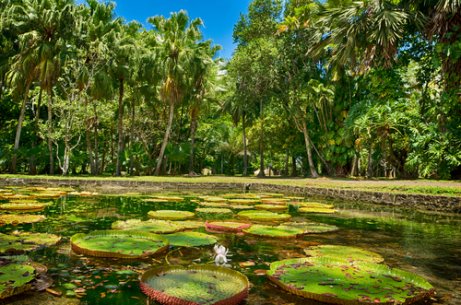
The fauna in the Amazon Rainforest is made up of monkeys, jaguars, pumas, tapirs, deer, pink dolphins, anacondas, aquatic turtles, crocodiles, alligators, harpy eagles, macaws, toucans, poison dart frogs, and leaf-cutter ants.
4. Ha-Long Bay
This is a body of water is located 1,500 km² north of Vietnam in Southeast Asia. It stands out due to its karst elements and numerous islands of different sizes and shapes. Ha Long means “descending dragon” according to the local language. Legends tell of a fight between dragons to save the people from a Chinese attack.
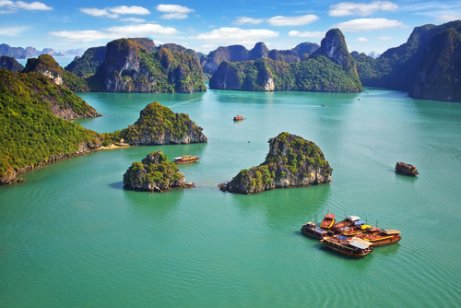
The Ha Long Bay is home to two ecosystems: a tropical rainforest and a coastal marine area. There are dozens of endemic species that live there: 10 reptiles, 4 amphibians, 40 birds, and 4 mammals.
5. Jeju Island
Next is Jeju Island in South Korea. It’s the largest island in the country and has also had different names throughout history. On the island is Mount Halla, a volcano that is almost 2,000 meters high. Among its mountains and tropical forests, there are several native and exotic species, such as the pink fish.
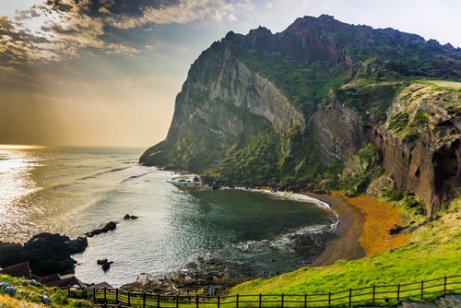
6. Komodo National Park
Another one of the seven natural wonders, Komodo National Park is located in Asia that’s located in the archipelago of Indonesia. This park consists of three islands: Komodo, Pasar, and Rinca. All three are similarly of volcanic origin.
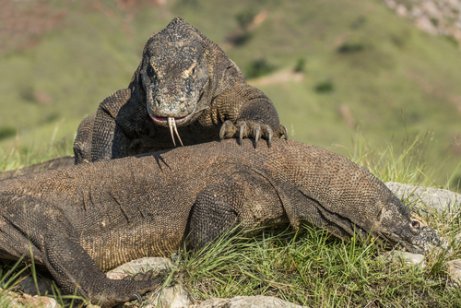
The primary inhabitant is the Komodo dragon. This reptile is three meters long and weighs upto 70 kilos and it’s the only reptile that lives in the park.
7. Puerto Princesa Underground River
Finally, on the island of Palawan in the Philippines, this is the last of the seven natural wonders. This is a limestone rock national park that has an underground river that flows into the sea. Also, it is one of the most important jungles in Asia.
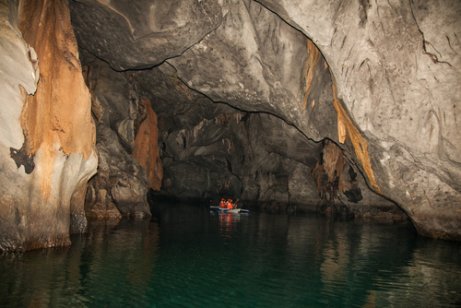
The Puerto Princesa Underground River is more than 5,700 hectares and houses eleven different ecosystems. In addition, the fauna is composed of badgers, civets, otters, pheasants, pandas, and fox bats.
This text is provided for informational purposes only and does not replace consultation with a professional. If in doubt, consult your specialist.